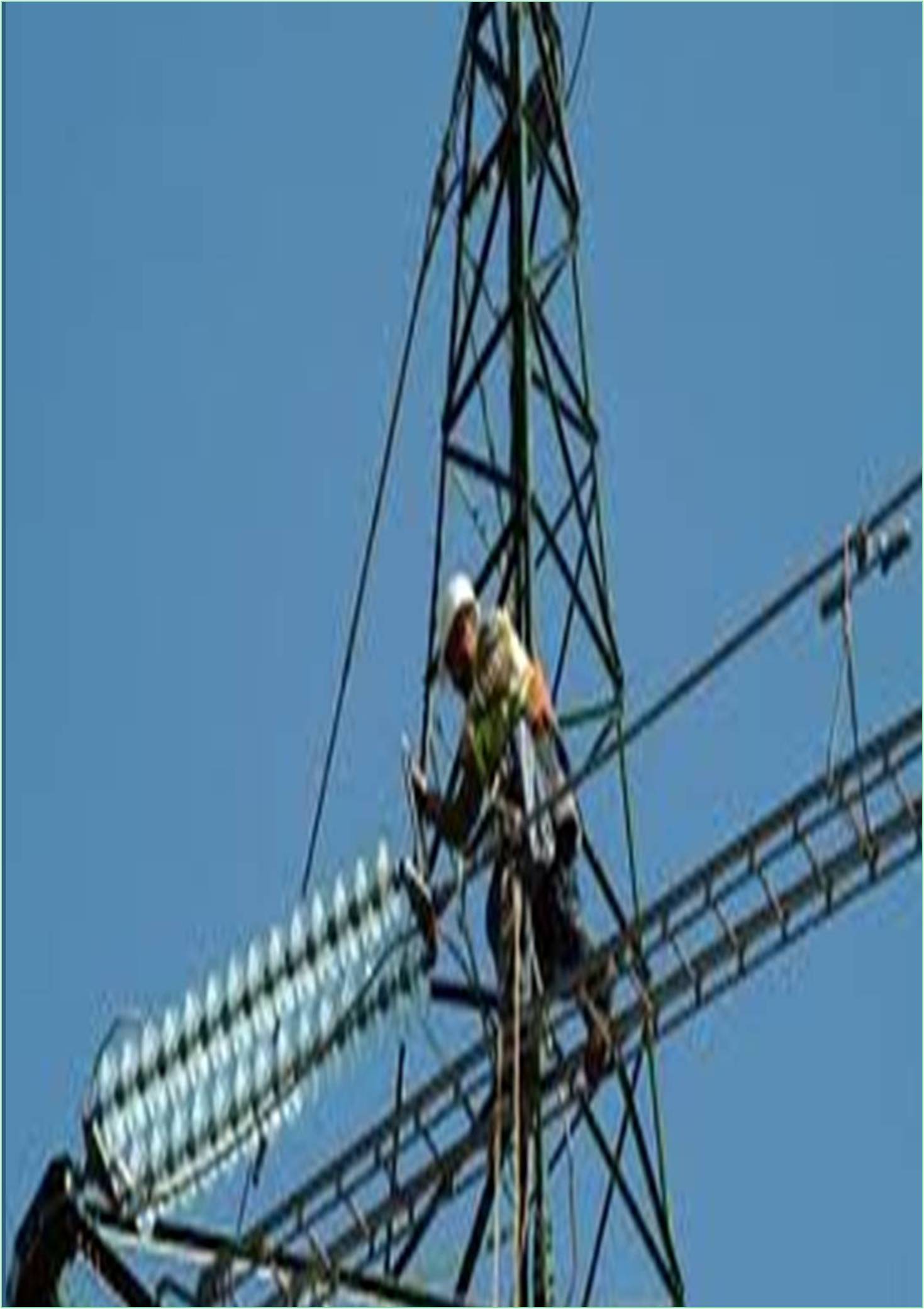



Received: 01-Jul-2022, Manuscript No. GJEEE-22-73966; Editor assigned: 04-Jul-2022, Pre QC No. GJEEE-22-73966 (PQ); Reviewed: 21-Jul-2022, QC No. GJEEE-22-73966; Revised: 29-Jul-2022, Manuscript No. GJEEE-22-73966 (R); Published: 05-Aug-2022, DOI: 10.15651/GJEEE.22.1.008
The most often used induction motors are found in fans, pumps, electrical vehicles, as well as small, medium, and large-scale businesses like rolling mills, cement, and sugar mills. They can be thought of as the foundation of any enterprise. Because they are used for such heavy duty applications, these motors and drives are very vulnerable to various defects. Therefore, it is quite difficult for the researchers to identify the induction motor's flaws. A sudden interruption in the industry's output due to a machine breakdown can result in significant financial and safety losses. For operators and plant engineers, attempting the fault diagnosis is a challenging and intimidating task.
Acoustic emission monitoring, temperature monitoring, chemical monitoring, and vibration signal monitoring are some of the different techniques used to keep an eye on the health of motors. The improvement of a system's availability and dependability through failure detection and monitoring helps prevent unexpected failure, which can have detrimental implications. Fault finding and diagnosis are essential in relation to condition monitoring. Whether a fault is present or not depends on fault detection, but fault diagnosis gives details on the type and location of the defect. The aforementioned facts help to reduce machine downtime and to schedule routine maintenance tasks. The maintenance procedure is based on prognostic condition monitoring or statistical data. Even the run-tofailure method can be used.
The strategies might be chosen based on social or economic conditions. By doing routine maintenance, the maintenance cost, which includes lost productivity, repair costs, and condition monitoring costs, can be reduced.Fact-finding information regarding the behavior of ripen components is necessary for the statistical life assessment of the machine. In addition, a variety of conditions, including temperature and load, can cause equipment failure. The industrial workhorse is the induction motor. It is the one electrical machine that is utilized the most everywhere. The process could come to an end if the induction motor fails.
Due to fierce competition, industries cannot just rely on protection measures and planned maintenance, and the strength of the induction motor is therefore crucial to the efficient operation of the plant. The machine's protective mechanism has already failed by the time it activates. Before the induction motor experiences any significant damage, there must be a warning or indicator of some kind. With the aid of a sensitive protection relay, the protection can be achieved through an alarm that sounds before it trips; nevertheless, this method is unsafe and risky because it could result in a false alarm and also lacks accuracy in its ability to monitor condition.
Therefore, it is essential to analyses those factors for precise condition monitoring that will provide information leading to failure so that maintenance may be carried out before any major harm happens. Manufacturers and operators of electrical drives aim to reduce the cost of maintenance and control infrequent suspension through condition monitoring, in order to reduce performance loss and enhance financial resources. It is clear from the explanation above that the induction motors absolutely require the use of a condition monitoring system. Any assistance with the study and application of practical condition monitoring techniques would significantly boost industrial productivity, which would then benefit humanity.